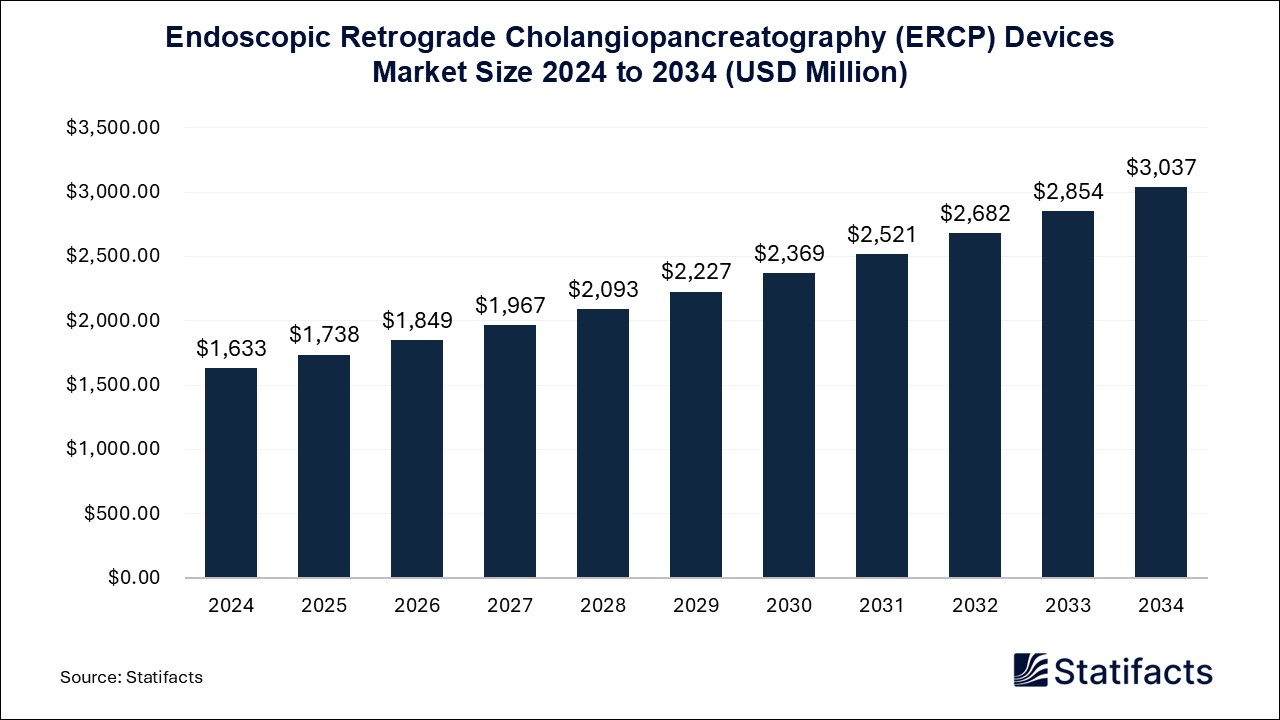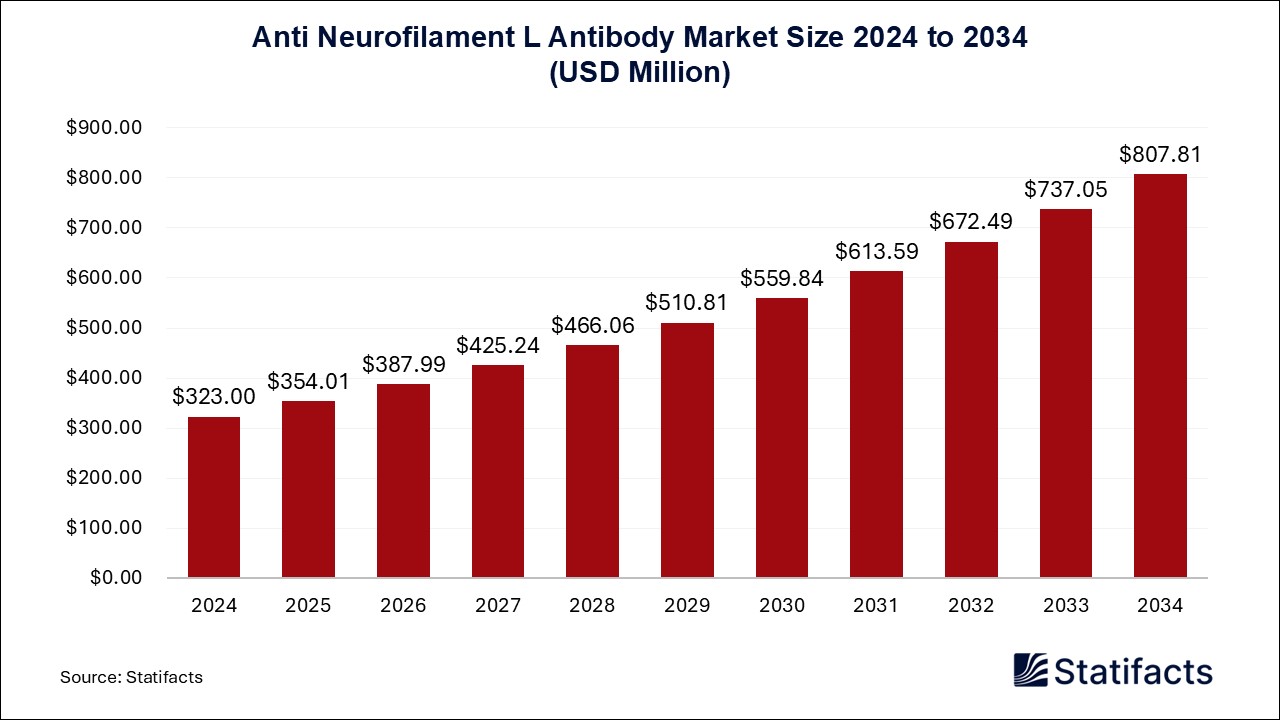
By clicking “Accept All Cookies” you agree to the storing of cookies on your device to enhance site navigation, analyze site usage, and assist in our marketing efforts.
Privacy PolicyThe U.S. simulation software market size surpassed USD 5.85 billion in 2024 and is predicted to reach around USD 21.82 billion by 2034, registering a CAGR of 14.05% from 2025 to 2034.
| Industry Worth | Details |
| Market Size in 2025 | USD 6.66 Billion |
| Market Size by 2034 | USD 21.82 Billion |
| Market Growth Rate from 2025 to 2034 | CAGR of 14.05% |
Technology is rapidly creating an upward demand for simulation software in the United States, bringing about artificial intelligence, digital twins, and cloud computing. These technologies empower simulation tools to be developed much further for more precise predictive analysis and enable automation. The market, apart from being used for more advanced usages in aerospace, healthcare, automotive, and defense industries, is now serving the important functions of design validation, performance testing, system modeling, and immersive training.
Virtual prototyping and evaluation enable organizations to reduce big costs related to product development, speed up time to market, and increase the reliability and safety of products. Government support funds infrastructure modernization, smart cities, and national defense, thereby adding to the market's high growth. The market has been divided into software and services, with software being the dominant segment. The rise of the service segment, which includes consultation, implementation, and maintenance, stems from companies wanting expert advice on embedding simulation technology in their workflows. Key players present in the market are those well-established entities having a robust platform and specialized solutions.
Major market trends in the U.S. are increased popularity, the growing healthcare sector, and applications like cybersecurity
Cloud deployment allows scalable, accessible, and cheaper simulation, especially by small and mid-sized enterprises that otherwise lack big IT infrastructures.
Healthcare providers use simulation in training, surgical planning, process optimization, and epidemiological modeling, especially after the pandemic.
Simulation software is now being used to preempt cyberattacks and evaluate system vulnerabilities, allowing organizations to boost their cyber defenses and train security personnel.
This side of professionals is developing, operating, and implementing complex simulation tools in a small number.
Creating good simulations demands special technology knowledge of programming, systems modeling, animations, and graphic design.
Only a few teachers and trainers have the instructional competencies to combine simulation into development environments for skill training.
Such instructors do not fully achieve the advantages of simulation-based training, like better integration of decision-making and communication.
Without the technical expertise in-house, maintenance activities, bug fixing, and software upgrades will tend to be delayed.
Institutions are unable to provide for the purchase and maintenance needs of high-fidelity simulators without the support of skilled personnel, especially in resource-constrained environments.
Simulated Software market presents major opportunities in Smart City Planning.
This software can be used to test multiple scenarios, such as traffic, energy flow, and environmental impact, for testing new technology and methods without the need to do it in real time.
Helps optimize the allocation of resources to different systems such as transportation, energy, and water management.
Identifies potential problems during plan formulation, like congestion, energy inefficiency, or even water shortage.
Visual tools help city planners, developers, residents, and others comprehend the complex urban systems, hence advancing collaboration.
Supports decision-making with comprehensive characteristics based on real models for sustainable urban development.
Cloud
On-Premise
Published by Yogesh Kulkarni
The market is valued at over USD 6.66 billion and is expected to grow steadily.
Technological advancements, rising AI adoption, and R&D projects drive market growth.
Software, on-premises, and the automotive segment dominate the market.
To get full access to our Market Insights, you need a Professional Account or a Business Suite.

You will receive an email from our Business Development Manager. Please be sure to check your SPAM/JUNK folder too.

You will receive an email from our Business Development Manager. Please be sure to check your SPAM/JUNK folder too.

Our customers work more efficiently and benefit from



